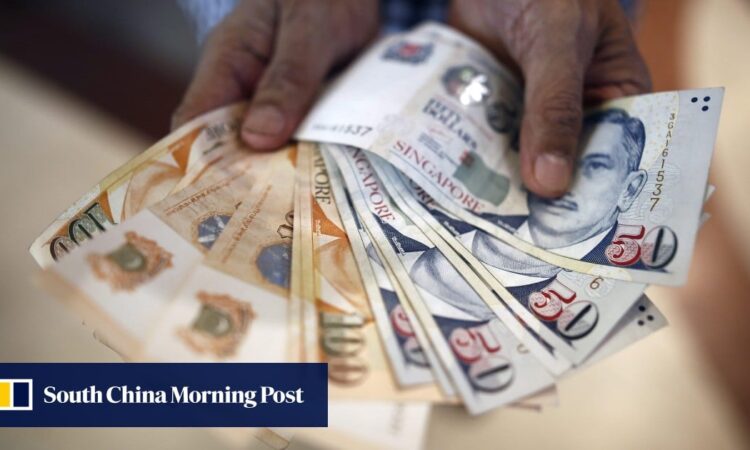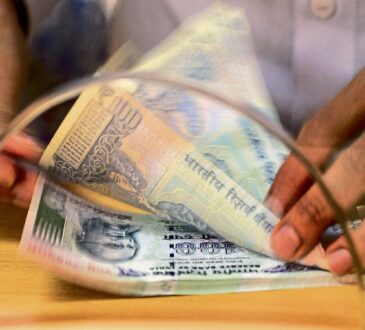Soaring US dollar sends South Korea, Thailand, Philippines, Japan reeling. But Singapore’s currency is still holding up

Markets across Asia were left reeling after the US Federal Reserve on Tuesday announced another sharp 75 basis point increase to its key rate, further fuelling the rise of the US dollar against regional currencies as the world’s largest economy tries to rein in runaway inflation – even at the risk of triggering a recession.
The Fed projected that to achieve its goal of bringing inflation down to 2 per cent, it would have to continue to aggressively raise its rate to the 4.25-4.5 per cent range – up from the current 3-3.25 per cent band – by the end of this year, with a more gradual increase to 4.50-4.75 per cent in 2023.
This was the Fed’s clearest signal yet to markets, with greater pressure expected on regional currencies and economies that were already grappling with geopolitical anxiety and supply-chain disruptions caused by war in Ukraine and China’s zero-Covid induced slowdown.

Asian currencies have broadly tanked against the US dollar for most of this year, with some – like the Malaysian ringgit – falling to levels not seen since the Asian financial crisis of the late 1990s.
The situation has stoked concerns of sustained inflationary pressure as regional economies look to get back on a growth trajectory after being hit by the twin health and economic crises of the Covid-19 pandemic.
Among the worst-hit currencies is the Korean won, which on Thursday fell to its weakest level in 13 years in response to the Fed’s latest policy move – adding to downward pressure from South Korea’s narrowing balance of trade caused by slower demand for its electronics exports.
Earlier this week, the Organisation for Economic Cooperation and Development revised its 2022 inflation forecast for South Korea to 5.2 per cent, up from its initial forecast in June of 4.8 per cent, on higher energy prices.
add a comment




